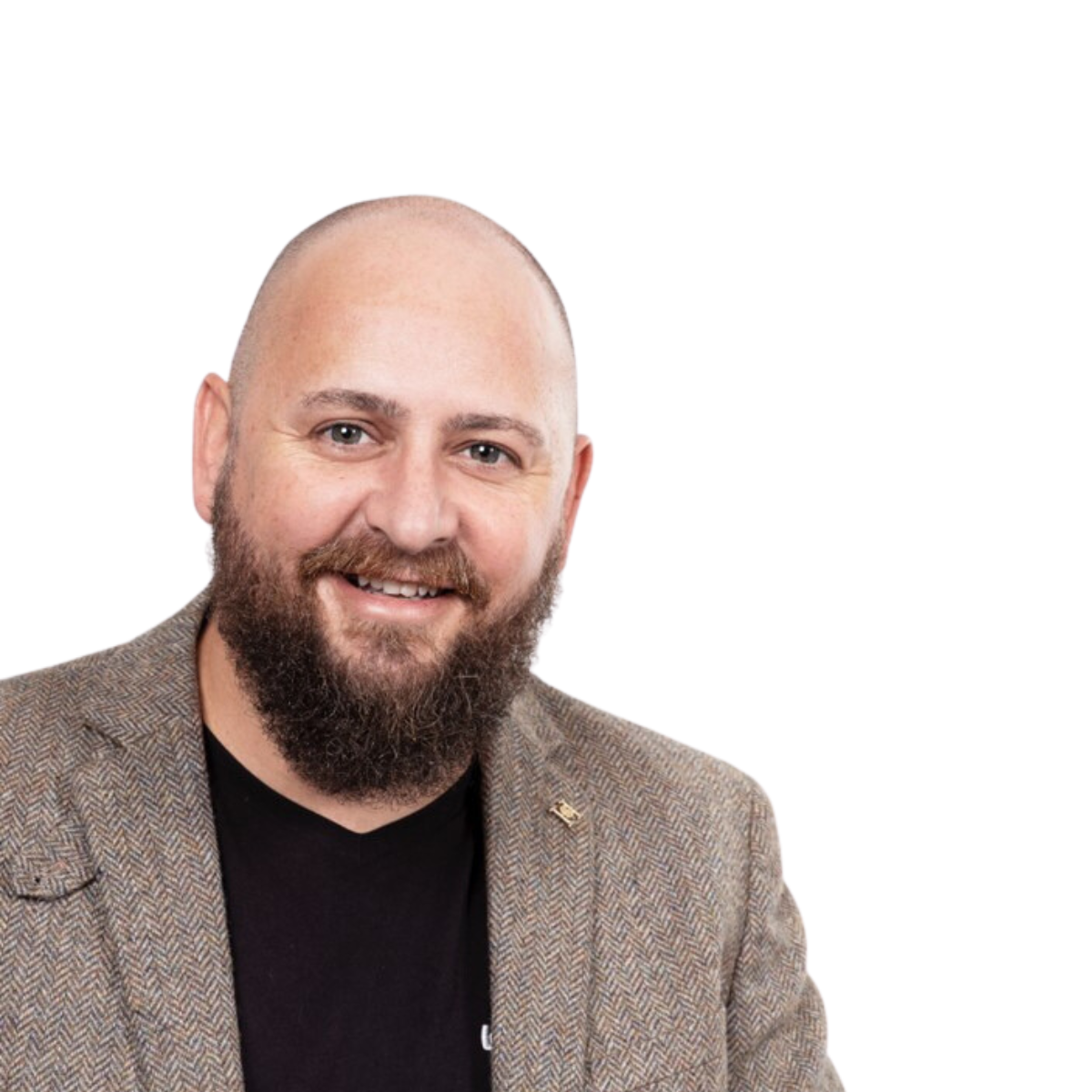In a world where safety is paramount and change is constant, I embarked on an eye-opening journey in an exclusive interview with safety leader Jon Harper-Slade at the forefront of today's ever-evolving work environment, driven by a change in the outside world, the introduction of new technologies and the ever-increasing demands on safety practitioners.
A Shift from technical focus.
As I sat down with Jon to discuss the changing landscape of safety professionals, he emphasized the need for a broader skillset. For years, the industry's traditional education and training focused primarily on technical aspects, emphasizing risk identification, hazard assessment, and control measures. While these foundations remain essential, Jon, a Chartered Fellow of IOSH with over three decades of industry experience, believes that there's more to the safety profession than meets the eye.
Technical expertise, while vital, must now be complemented by essential broader skills. Jon recollected in his own initial training, that it made him overly certain about how safety should be managed, which, in retrospect, hindered his effectiveness. It’s only by making (and admitting) mistakes, remaining curious and humble that he was able to progress. Jon is now a committed lifelong learner and cites the importance of staying current with new lines of thinking.
The growing complexity of the role.
Jon recognises that today's safety professionals are expected to wear multiple hats, ranging from health and safety to environment, sustainability, quality, security, and wellbeing. While these diverse responsibilities can be challenging, Jon acknowledges the impracticality of expecting a single professional to master all these areas. The Swiss Army Knife approach may not be the ideal long-term solution for individuals or employers.
A new skillset requirement.
Jon emphasizes the need for safety professionals to develop a broader skillset, one that goes beyond traditional technical knowledge. The ability to communicate effectively, establish relationships, and collaborate with specialists in various domains (HR, Procurement etc) is becoming increasingly vital. However, safety practitioners often receive little training in these critical soft skills, such as communication and relationship-building. Senior safety leaders find it not uncommon to communicate with Boards and drive governance, a realm rarely touched upon in traditional HSE training courses.
The role of learning.
Jon cites the work of David Proven as a major influence on his thinking, as he questions the conventional role of safety professionals as enforcers. Should these professionals ‘hand in their gun and badge’ and transition into learners instead?
Jon suggests that the primary function of a safety team could be focused on learning about the organisation, understanding the work processes, and engaging with employees to foster trust. In this role, safety professionals can help create an environment where people are more willing to share information, even if it involves admitting mistakes or vulnerabilities. Perhaps this coaching, mentoring approach adds more value than prescriptive safety officer or trainer.
Replacing investigations with inquiry.
One of the most significant shifts Jon proposes is moving from traditional investigations to inquiries or studies that prioritise learning over blame. In-house safety professionals can take on the role of inquirers, focusing on understanding the work environment, the factors influencing behaviour, and recognising early warning signs of potential issues. This approach aligns with a forward-looking accountability model that emphasizes understanding the world as it is, rather than dwelling on assigning blame for the past.
The continuous learning journey.
Jon's interview underscores the evolving nature of safety professionals' roles. With increasing complexity, the demand for soft skills, and a focus on learning, safety practitioners are adapting to a new paradigm. This ongoing transformation presents both challenges and opportunities for professionals in the field, encouraging them to embrace a holistic approach that combines technical expertise with a commitment to fostering a culture of continuous learning.
In summary, the role of safety professionals in today's modern work environment is shifting to reflect the dynamic nature of the world, the increasing complexity of workplaces, and the evolving needs of organisations. By recognising the importance of learning, broadening their skillset, and focusing on inquiry rather than investigation, safety professionals can navigate the challenges of the modern work environment effectively. Embracing this evolving role can lead to better safety outcomes, stronger relationships, and a more resilient workforce.
Jon has over 30 years experience industry experience and is the GM for Health and Innovation at CHASNZ, an industry-led charitable trust working to improve the lives of construction workers by raising the standard of health, safety and wellbeing in construction.
To find out more about CHASNZ, visit their website.


